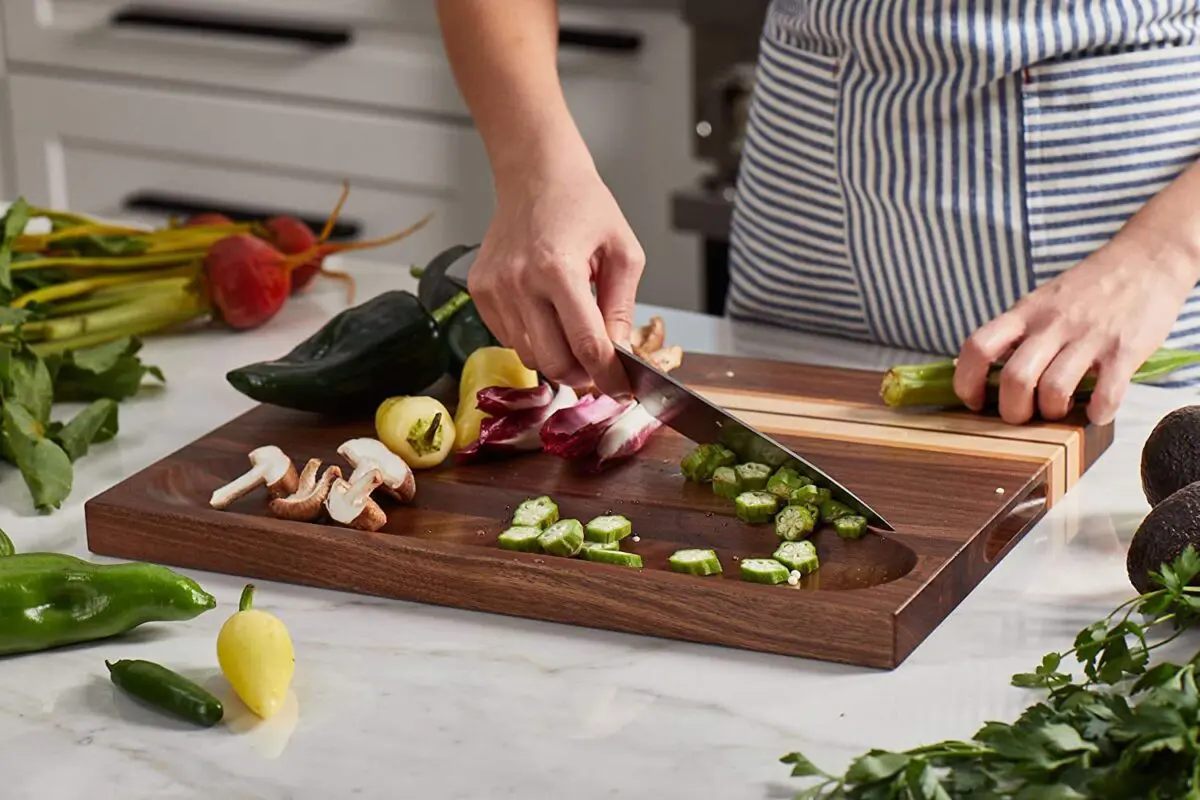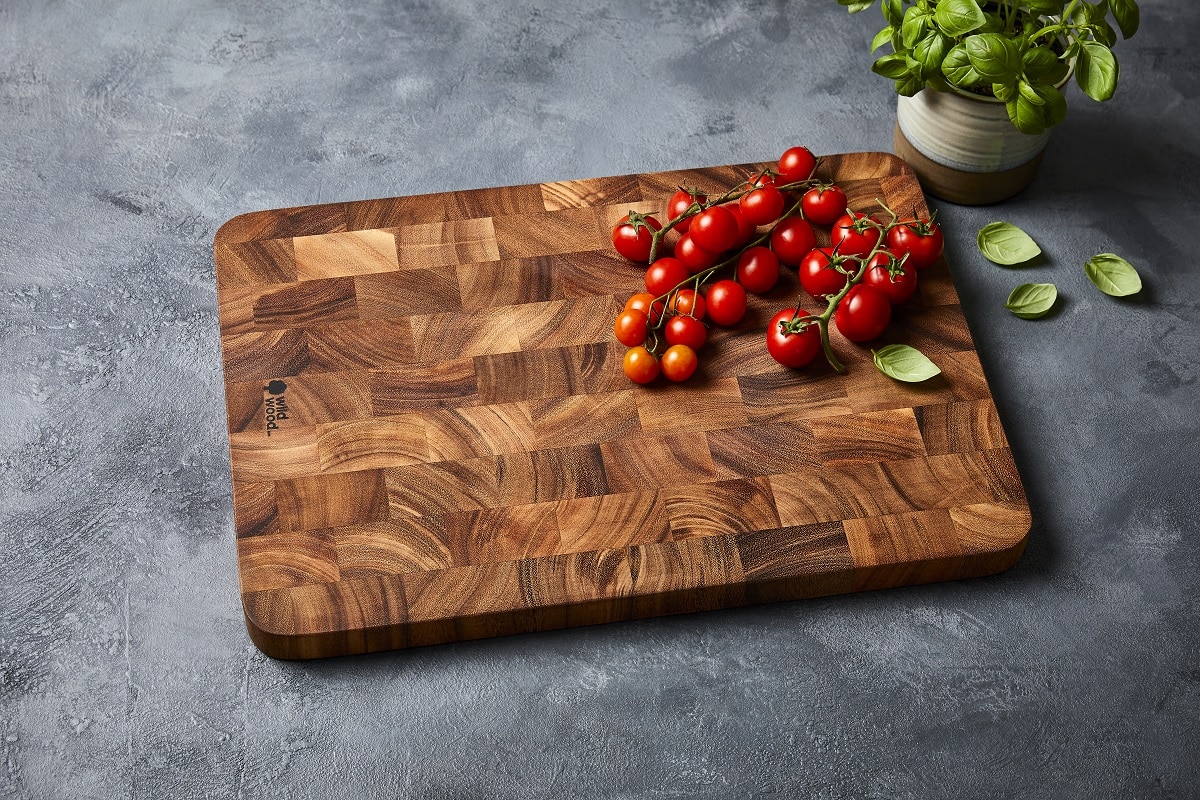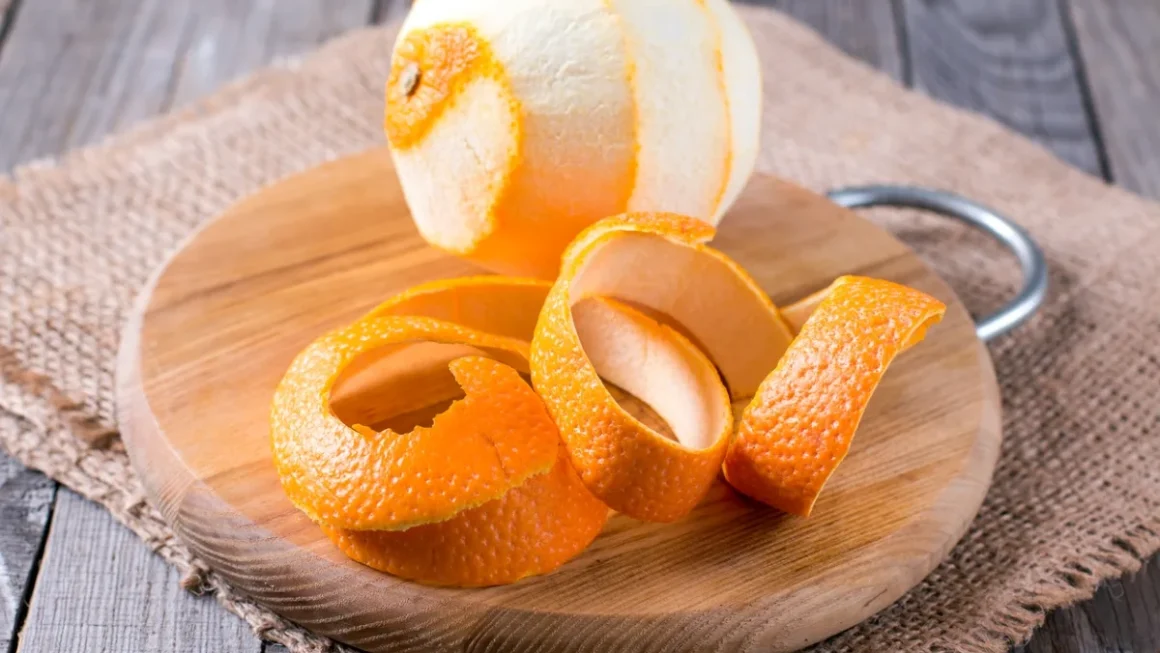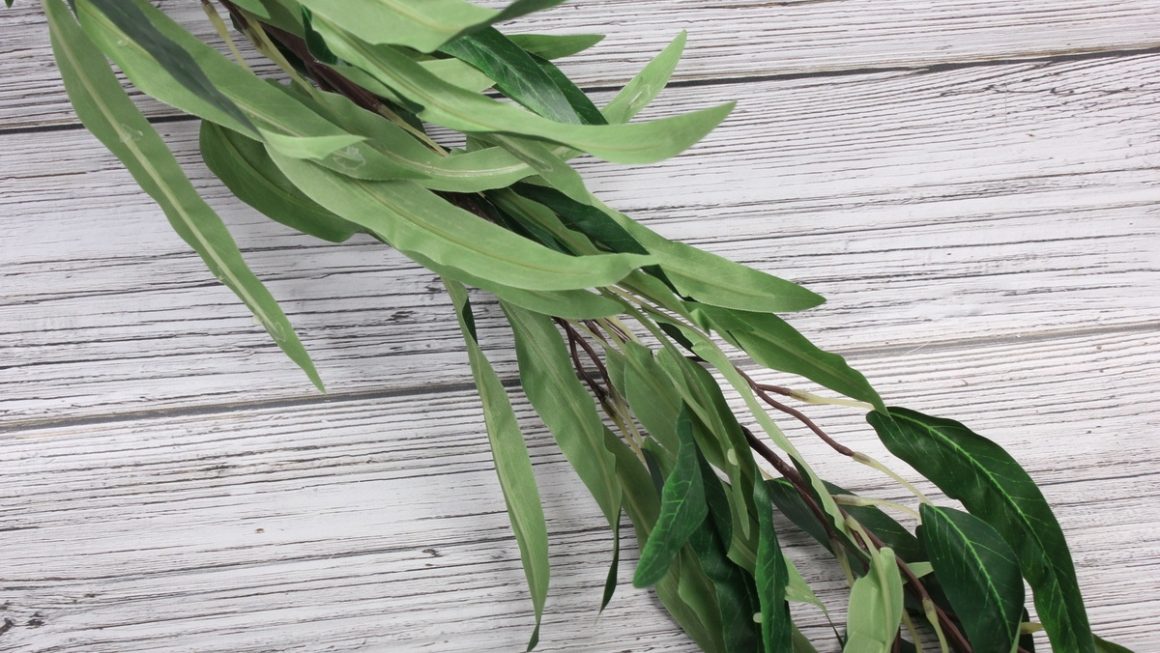Whether they are used to chop vegetables for an autumn stew, freshly baked bread or a seasonal turkey, chopping boards have quietly become a staple in French kitchens. Under daily use, they suffer a lot of wear and tear: stubborn stains, beetroot marks, moisture, stuck-on bits of fat, and even cracks that open up in the cold. However, a simple, little-known trick could transform every worn-out board into a truly durable and beautiful object. Rather than putting up with worn-out utensils or throwing them away too quickly, there is an effective, inexpensive and natural tip that kitchen professionals are well aware of. Are you curious to discover this everyday ally, which is easy to adopt and ideal for getting through the winter with a healthy kitchen?
Discover the essential step that all professionals take to preserve their chopping boards
A well-maintained chopping board ensures the longevity of an essential utensil. While many amateur cooks still mistreat them, few know the key trick to keeping them like new year after year. It’s not an expensive accessory or a chemical treatment, but a simple step inspired by the practices of artisans: regularly oiling the wood. This maintenance ritual, passed down from generation to generation in professional kitchens, provides the board with an invisible protective barrier. Performed immediately after purchase and several times a year, it protects the wood from the effects of time, humidity and, above all, everyday food damage.
How edible oil offers magical protection against cracks and unpleasant odours
Applying edible oil to the board creates a natural shield. By deeply nourishing the wood, it prevents water, juices or fatty residues from penetrating, which are responsible for cracks, swelling or persistent odours. Linseed oil, grapeseed oil or rapeseed oil are preferred: they dry without going rancid and are food safe. The process is simple: on a dry, clean board, apply the oil with a soft cloth in a thin layer, then leave to rest for several hours. Wipe off any excess to reveal a smooth, satiny surface that is much less prone to warping or absorbing odours.
Say goodbye to stains and bacteria: how to turn your chopping board into a hygiene ally
An oiled chopping board naturally limits the appearance of stains, dark marks and mould. A crucial detail as winter approaches: when using cucurbits, red cabbage or beetroot, the porosity of poorly protected wood encourages the encrustation of pigments that are difficult to remove. But above all, wood that is nourished and saturated with oil slows down the growth of bacteria in micro-cracks. After each use, simply wash gently with hot water, without soaking. Avoid using the dishwasher, as it is too aggressive. When done regularly, this method not only keeps your chopping board clean, but also makes it a reliable ally, even when preparing the most delicate foods.

Adopting this ritual will keep your board looking like new year after year.
Regularity is the key to a durable and attractive board. Neither a chore nor an excessive precaution, this ritual fits naturally into the kitchen maintenance routine, especially at the start of the cold season when boards are used for long cooking sessions. Three to four treatments per year are sufficient: oil in autumn before the soup season, then after a thorough cleaning.
- 1 to 2 tablespoons of oil (linseed, rapeseed or grapeseed)
- A soft, absorbent and clean cloth
- A completely dry board
Result: the wood is more resistant to wear and tear and knife marks, and no longer splinters. Each application preserves the natural beauty of the material, extending its use without risk to health and without unnecessary cost. This ensures that you always have a clean board when serving or cutting winter delicacies — including cheese boards, seasonal desserts and impromptu aperitifs.
Transforming an ordinary board into a practical and healthy object enhances every daily task while avoiding waste. This small ritual, which is economical and quick to implement, offers the rare satisfaction of making your objects last longer. The next time your tired chopping board needs attention, why not give it an oil bath rather than replacing it prematurely?




